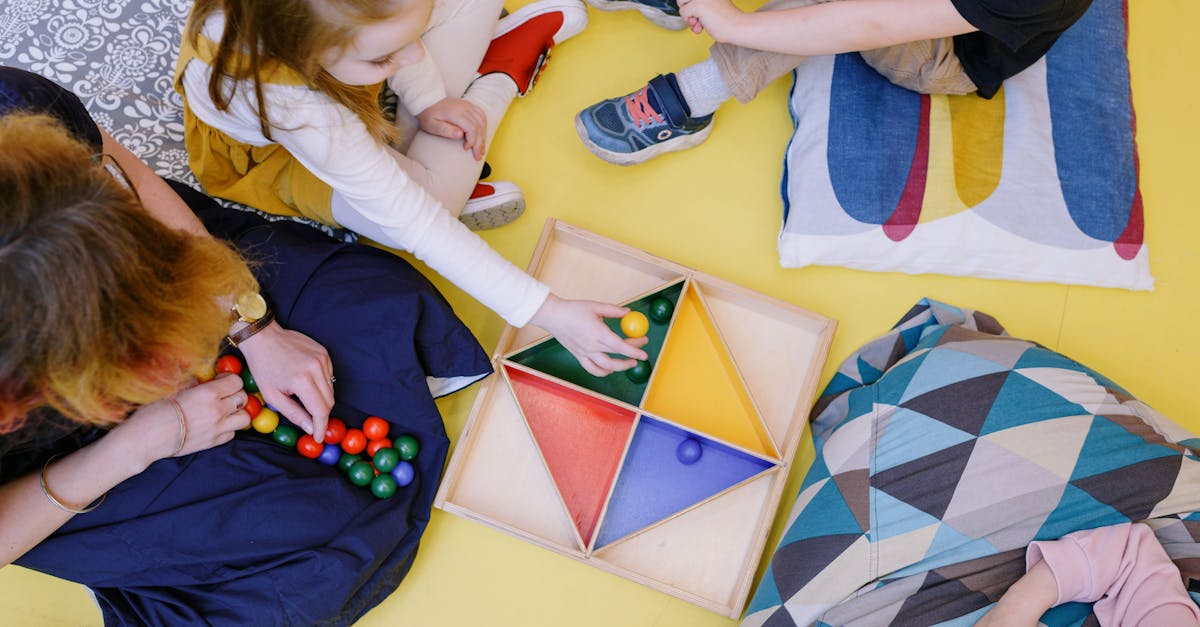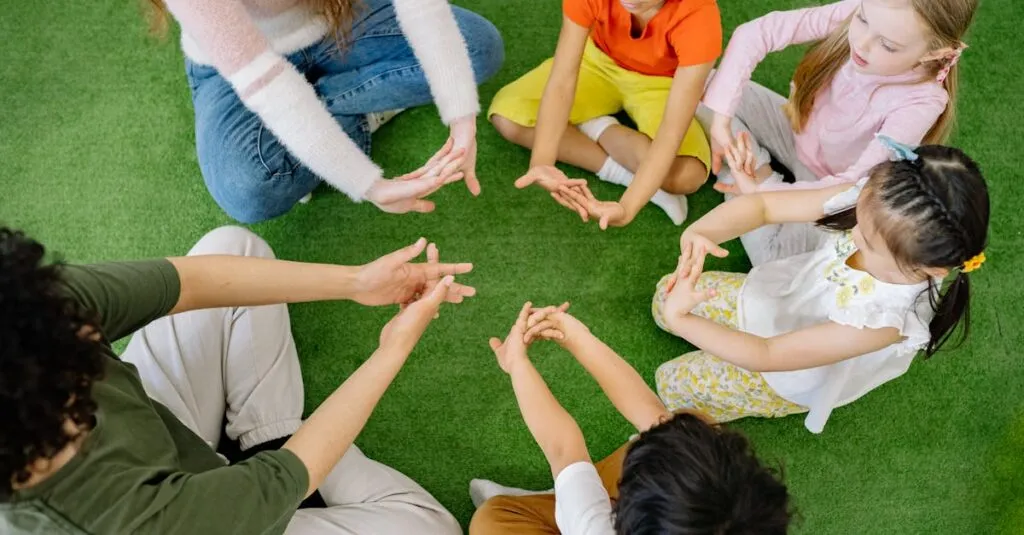Creating a Safe Space for Little Hearts
Preschool classrooms are vibrant places filled with tiny humans just beginning to navigate their emotions. Creating a safe space where children can express themselves freely is vital.
Introducing the Forgiveness Circle
Enter, the forgiveness circle—a simple yet powerful tool borrowed from ancient practices, now adapted to help our youngest learners. Forgiveness circles give preschoolers an opportunity to:
- Articulate their feelings
- Listen actively to others
This communal experience fosters trust and understanding among peers. Children learn that it’s okay to feel hurt and that talking about their feelings in a supportive group can make them feel better.
It’s like an emotional hug from the entire class!
Benefits of Forgiveness Circles
Moreover, these circles help in creating a harmonious learning environment where every child feels valued and heard.

Teaching Valuable Life Lessons Early
Wouldn’t it be magical if children could learn life’s essential lessons without the tough bumps and bruises? Forgiveness circles aim to do just that. By participating in these activities early, preschoolers grasp the concept of forgiveness and reconciliation in a manner that’s impactful and enjoyable.
It’s an approach that turns the usual ‘time-out’ into a ‘time-in’, where reflective practices pave the way for personal growth. These circles introduce concepts such as empathy, patience, and kindness without the need for a chalkboard or textbook. In a sense, it’s learning without realizing you’re learning—a win-win!
So, while they’re still struggling with snack-time manners, they’re making strides in emotional intelligence.

Turning Conflicts into Learning Moments
Let’s face it, when crayons are involved, conflicts are bound to happen. But what if each crayon-throwing incident became a chance to learn something valuable? Forgiveness circles can transform these tiny tussles into golden opportunities.
In this supportive setup, children are encouraged to share their viewpoints, turning their ‘oops’ moments into ‘aha’ moments. Teachers guide them to see each situation from different perspectives, fostering a deeper understanding of cause and effect. It’s like giving them superhero glasses to view conflicts as puzzles to solve rather than fights to win.
This change in perspective not only reduces classroom quarrels but also strengthens friendships and builds lasting bonds.
Visual Reference
Here’s an image to illustrate the concept:

Key Takeaways
- Conflicts can be transformed into learning opportunities.
- Forgiveness circles help children express their thoughts.
- Understanding different perspectives fosters empathy.
- Viewing conflicts as puzzles leads to healthier resolutions.
Building Empathy Through Group Dynamics
In forgiveness circles, empathy is the secret ingredient that pulls everything together. Through group dynamics, kids not only connect with each other’s feelings but also develop their own emotional vocabulary. Picture a mini United Nations meeting, where each child gets to play a role, listen, and reflect on others!
These sessions teach children to ‘wear someone else’s shoes’, a crucial skill in nurturing compassionate human beings. It’s amazing how quickly children learn to identify emotions, not just their own, but those of their peers.
With regular participation, children begin to offer comforting words or gestures without prompting. Empathy becomes second nature, making life’s emotional roller-coaster a little easier to manage.

Simple Steps to Start Your Circle
Ready to dive into forgiveness circles? Start small and keep it simple. First, gather the kids and sit in a circle—symbolic, right?
Then, introduce a ‘talking stick’ or any object that signifies who has the floor. Ensuring everyone gets a turn to speak is key. Encourage honesty by creating a ‘no-judgment zone’.
A sprinkle of humor can lighten the mood—perhaps calling the ‘talking stick’ a ‘magic wand’ works wonders.
Role of the Teacher
Teachers should role model the process, showing empathy and understanding. Over time, this can evolve into a regular ritual, eagerly anticipated by the kids.
Enhancing the Experience
Supporting materials like stories or role-playing can further enhance the experience. Remember, patience is your best ally!

Overcoming Common Emotional Challenges
Navigating emotions can be a tricky business, especially for the little ones. Many children face challenges such as:
- Fear of speaking out
- Reluctance to share
- Simply not understanding their feelings
Through forgiveness circles, teachers can address these common hurdles by providing gentle encouragement and reassurance. It’s helpful to remind children that making mistakes is part of learning.
Fun activities like drawing their feelings or using puppets can help them express emotions creatively. Parents can also join in by using similar practices at home, reinforcing the circle’s teachings.
Inviting parents to witness a circle might just turn skeptical frowns into proud smiles, encouraging a supportive home-to-school connection.

